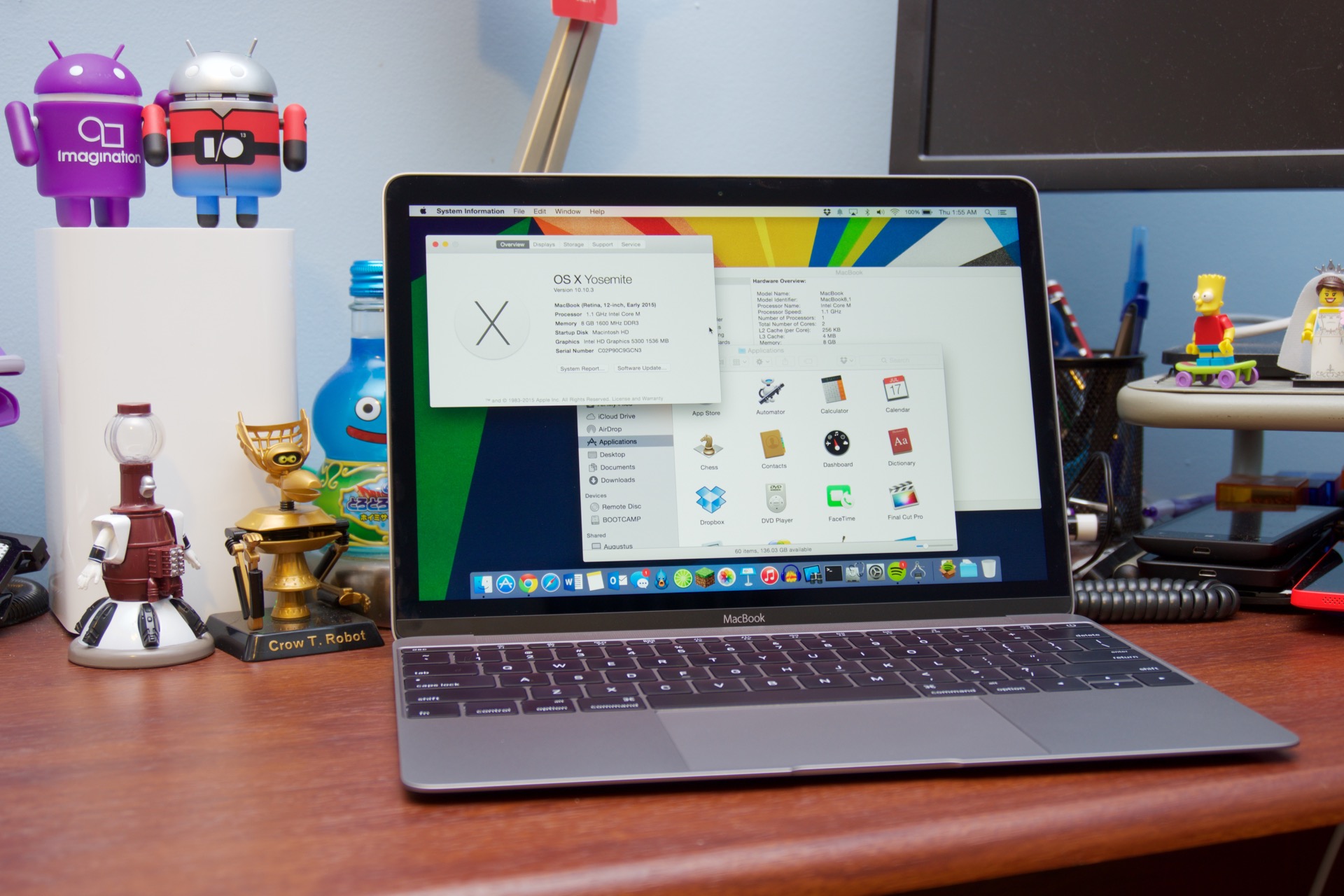The MicroSD card has a long way to become the most thing you should buy after a new smartphone (except for Apple iPhone).
Mac Pro Book
Video editing movie making software, free download. For those looking to read an ePub on a larger screen, we'll look at the best Mac e-book reader apps available in 2018. If you want to escape from all the mac e-book reader apps associated with bookstores and DRM, Kitabu will set you free. It's a solid competitor for stalwarts like iBooks, offering an attractive and customizable. Using MicroSD to SDXC adapter. The MicroSD manufacturer has many times released its product. Up to 64GB RAM is available in the 16-inch MacBook Pro, while the 13-inch model maxes out at 32GB, which is new in the 2020 models. The entry-level 13-inch MacBook Pro offers two Thunderbolt 3/USB.
This storage system will give you additional capacity from 2 GB to massive 512 GB just in one small piece with a millimeter thick. But, in modern laptop and notebook, MicroSD slot barely had a place, including the new MacBook Pro. Tinkertool system 5 40 download free.
So how to put a MicroSD card in a MacBook Pro?
Apple has released a new version of MacBook Pro each year since its announcement in 2006. Yet, none of them comes with MicroSD slot onboard. Therefore, we need a new method to connect this tiny card with the notebook seamlessly.
Contents
#1 Using MicroSD to SDXC adapter
Atom packages. The MicroSD manufacturer has many times released its product with additional SDXC/SDHC (sometimes called Mini SD) adapter. This device would allow you to link your MicroSD card to any device with an SDXC port on it.
Luckily, some older MacBook Pro has an SDXC port already. You can find it on the left side of the device. The port should be sized as 24 mm wide and a few millimeters in diameter. Once it connected, the MacBook will recognize it as a new device and you can start using it like USB flash drive anyway.
In case you don't have an SDXC adapter, it was priced as low as $3 on Amazonand works smoothly with all MicroSD brands and performance specifications.
#2 If your MacBook Pro has no SDXC port, but a USB port: use card reader
In recent years, Apple has stepped forward to eliminate SDXC, leaving its customers with no port to plug in their SD card to the laptop. However, as long as the USB port is still available, there is a decent chance to connect your Micro SD.
All you need is a card reader, a device that can connect MicroSD to MacBook through the USB port. The price of this product may vary, but I'm not advising you to buy the cheapest one since it tends to be not durable and sometimes not working properly during intensive usage, like transferring files.
One of the most reliable card reader adapters is from Vanja which costs about $8. Customers also say the product is good enough for its price. But, you don't need to focus on my recommendation. There are many similar products with various brands offering competitive costs while maintaining supreme quality.
#3 MacBook Pro with only USB-C port
Apple also released a new kind of MacBook Pro which only comes with merely one single USB-C port, not a standard USB-A. The solution is pretty much the same as the last one; you have to buy a card reader, but with a USB-C connector.
The price of the USB-C version is a little bit higher than the regular type since it was a new and arguably better performance type of USB. For example, a USB-C card adapter from Vanja costs $9 and gives you an SDXC slot, MicroSD slot, USB-A connector as well a USB-C connector.
You can find similar products from other brands if you wish.
Conclusion
So, there are three ways to put MicroSD into your MacBook Pro.
If your MacBook Pro has an SDXC port, you only need an SDXC adapter. Meanwhile, if it only has a USB port, the most comfortable way is by using a card reader. The same method also can be applied to MacBook Pro with the single USB-C port.
Apple Mac Pro Book

